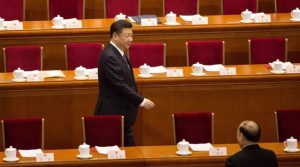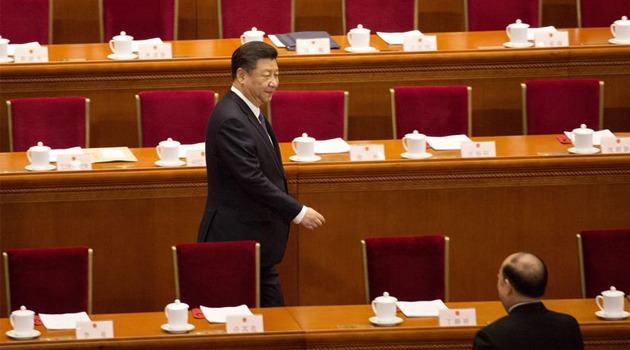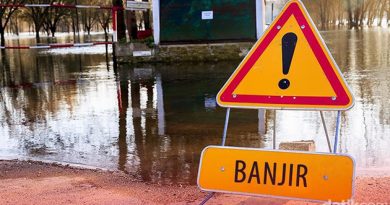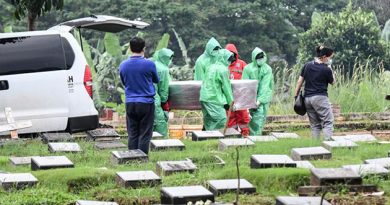The Five Most Important Moves in Xi’s Big China Cabinet Shake-Up

China’s sweeping government restructuring plan gives President Xi Jinping more direct control over the levers of money and power by consolidating, creating or eliminating dozens of agencies.
The plan presented to the National People’s Congress on Tuesday leaves 26 cabinet-level ministries tasked with regulating industries and initiatives at the heart of Xi’s policy agenda. Their duties range from curbing risk in the country’s $43 trillion banking and insurance sectors to overseeing aid programs for the president’s Belt and Road trade-and-infrastructure initiative.
“In the past it wasn’t clear who had ultimate responsibility, with issue areas split between different ministries,” said Yi Kwan Chu, a director in the China practice at the Washington-based Albright Stonebridge Group consulting firm. “There were too many cooks in the kitchen, creating chaos.”
Central Bank Becomes More Central
China handed its central bank powers to write rules for much of the financial sector, while merging the China Banking Regulatory Commission and the China Insurance Regulatory Commission. The moves create a new regulatory structure for finance with the People’s Bank of China as its central pivot point.
Stronger Environmental Watchdog
The moves will see China expand its environmental ministry, creating a new Ministry of Ecology and Environment. The new body will absorb some roles now held by the state planner, the National Development and Reform Commission. “This is in line with the idea of consolidating power in one ministry for a stronger and better coordinated environmental agenda,” said Li Shuo, a climate policy adviser at Greenpeace East Asia. More details are needed — including the new body’s leader — before analysts can assess policy plans.
Agency for Xi’s Pet Project
The plan combines “formerly scattered and often overlooked units under the ministries of commerce and foreign affairs” and creates a new body responsible for international development to supervise China’s overseas aid efforts, said Yanmei Xie, a China policy analyst for Gavekal Dragonomics in Beijing. That agency will provide a bureaucratic focal point for the Belt and Road Initiative, a massive program to build or expand roads, railways, ports, pipelines and power plants around the globe. It has a “mission explicitly to support China’s geopolitical strategies, including the ‘One Belt, One Road’ initiative,” Xie said.
Anti-Monopoly Regulator Empowered
The new market supervision administration appears set to be a powerful new regulator for companies operating in China — absorbing the State Administration for Industry and Commerce, the General Administration of Quality Supervision, Inspection and Quarantine and the China Food and Drug Administration. The changes create the country’s first specialist agency focused on anti-monopoly issues, said David Cohen, a Beijing-based managing editor for the China Policy consulting firm. The agency will also oversee the State Intellectual Property Office, the focus of a potential trade dispute between the U.S. and China.
New ‘Mega Ministry’ for Agriculture
China is building a more powerful agriculture agency — absorbing roles held by the NDRC and the ministries of commerce, land and water resources — as growing Chinese appetites exacerbate historical food supply concerns. “Organizing things around issue areas makes a lot of sense” for businesses who can now deal with one regulatory body, said Chu, of Albright Stonebridge. “Now, the big question is who is going to be in charge of these new mega-ministries.” Appointees could be announced as soon as Monday.
courtesy : Bloomberg , Bloomberg
[social_warfare buttons=”Facebook,Pinterest,LinkedIn,Twitter,Total”]



